Induction of Waterlogging
Important Point
Water logging means that waterlogging occurs when there is too much water in a plant’s root zone, which decreases the oxygen available to roots.
Waterlogging can be a major constraint to plant growth and production and, under certain conditions, will cause plant death.
Waterlogging Meaning
Water logging meaning is that waterlogging is the saturation of soil with water.
Soil may be regarded as waterlogged when it is nearly saturated with water much of the time such that its air phase is restricted and anaerobic conditions prevail.
In agriculture, which deals with water logged soil, various crops need air (specifically, oxygen) to a greater or lesser depth in the soil.
Also, Read: What Is Drip Irrigation| Drip Irrigation Advantages | Types of Irrigation | Drip Irrigation System
What Is Waterlogging?
What is water logging? Agricultural land is said to be waterlogged when its productivity or fertility is affected by a high water table.
The depth of water table at which it tends to make the soil water-logged and harmful to the growth and subsistence of plant life depends upon the height of capillary fringe, which is the height to which water will rise due to capillary action.
The height of the capillary fringe is more for fine-grained soil and less for coarse-grained ones. The normal height of the capillary fringe met within agricultural soils varies from 0.50 to 1.60 m.
The crop yield is adversely affected when the capillary meniscus surface rises to within 0.6 m of the ground surface. The land will, therefore. be waterlogged when the water table is within 1.50 air (i.e. 0.6 + 0.9 )to 2.1 m (i.e. 0.6 + 1.5) below the ground surface.
The adverse effects of the high water table upon the yield of crops also depend upon the nature of crop grown.
Plants with longer roots going deeper are more susceptible to the high water table.
The depath of water table which adversely affects the growth of diffrent crops is given below:
| Sr.No. | Crops | Depth of Water Table |
| 1 | Wheat | 0.9 to 1.2 meters |
| 2 | Cotton | 1.5 to 1.8 meters |
| 3 | Rice | 0.6 m |
| 4 | Sugarcane | 0.3 m |
| 5 | Fooder crop | 1.2 m |
| 6 | Lucerne | 2.1 to 2.4 meters |
The problem of water logging in our country is a matter of deep concern The total waterlogged land is estimated at 26.3 lakh hectares in area.
West Bengal and Punjab have the waterlogged area as 10.33 lakh and 10.12 lakh hectares. Uttar Pradesh comes third in the list with an area 2.03 lakh hectares.
The waterlogging is spreading.
The magnitude of the problem will be evident from the fact that during 40 years period from 1918 to 1958, the water table in Arid Pandu, Arind Sengar and Sengar Yamuna Doab by about 3 m.
The percolation and adsorption losses from canals is a dual loss in as much as water that could beneficially be utilized for irrigation is wasted and in addition the same cause damage to agricultural land due to waterlogging.
Useful Article for You
- How Much Does a Yard of Concrete Weigh
- How Tall Is a Door
- How Many Stairs in a Flight
- How Many Bags of Concrete in a Yard
- How to Get Burnt Smell Out of Microwave
- How Far Apart Should Fence Posts Be
- How Are Bridges Built Over Water
- How Many People Died Building the Great Wall of China
- How to Draw House
- How to Build a Lean to Roof
- How Many Bags of Concrete for 1 Yard
- How Much Does Cinder Block Cost
- How to Get a House for Free
- How Much Does It Cost to Soundproof a Room
- How to Read a Measuring Tape in Meters
- How to Mount a TV on a Brick Wall
- How Many Brick Are in a Cube
- How Is Transported Soil Different from Residual Soil
- How to Use Washers
- How to Get Property for Free
- How Is Tar Made
- How Much Does Gallon of Water Weight?
- How Many Tiles Do I Need?
- How Much Does It Cost to Build a Pergola?
- How Much Does a Concrete Slab Cost?
- How Much Does a Yard of Gravel Weigh?
- How Many Shingles Do I Need for a 24×24 Garage?
- How to Remove Paint from Concrete Without Chemicals
- How to Cover Concrete Walls in Basement
- How to Find Wall load
- How to Build a Cavity Wall
- How Much Does a Heated Driveway Cost
- How Much Spray Foam Do I Need
- How to Get Blood Out of Carpet
- How to Mix Concrete
- How to Find the Contour Interval
- How to Identify Zero Force Members
- How To Install A Welded Wire Fence
- How to Tell If a Wall Is Load Bearing
- How to Replace Outdoor Faucet
How to Prevent Waterlogging?
- A mulch of well-rotted manure will help improve soil structure.
- Leafmould is easy to make and very beneficial for the soil.
- Using raised beds can help prevent problems with waterlogging.
- Raise pots up off the ground to aid drainage.
Effect of Waterlogging
The infertility of the soil when an area becomes waterlogged is usually due to the following reasons:
- Inhibiting Activity of Soil Bacteria
- Decrease in Available Capillary Water
- Fall in Soil Temperature
- Defective Air Circulation
- Rise of Salt
- Dealy in Cultivation Operations
- Growth of Wild Flora
- Adverse Effect on the Community Health
Inhibiting Activity of Soil Bacteria
The liberation of plant food is dependent upon the activity of’ soil bacteria, which requires an adequate amount of oxygen h the air for proper functioning.
When the soil pores within the root zones of the crops normally grown are so saturated as to effectively cut off the normal circulation of air, the land is said to be waterlogged.
Also, Read: Introduction of USCS | USCS Classifies Soils into Two Broad Categories
Decrease in Available Capillary Water
Plant life draws its substance from the soil-solution round the soil particles which is drawn into the plants by capillary action and osmosis.
If the water table is high, the roots of the plants are confined to the top layers of the soil above the water table while if the water table is lower, the roots of plants have more room for growth.
Fall in Soil Temperature
A waterlogged soil warms up slowly and due to lower temperature, the action of soil bacteria is sluggish and plant food available is less.
Defective Air Circulation
When the water table is high, the drainage becomes impossible and the carbon dioxide liberated by the plant roots cannot be dissolved and taken away.
Consequently, fresh air containing oxygen is not drawn and the activity of soil bacteria and plant growth suffers.
Rise of Salt
The rise of water-table also causes accumulation of alkali salts in the surface soil by the upward flow of water which is established in waterlogged lands.
If the underlying layers contain alkali salts in solution they are brought up with water which evaporates leaving the salt on the surface.
The alkaline deposit changes the pH value of soil.
Soils with pH value 7.0 to 8:5 give normal yields, with pH value 8.0 to 9.0 the yield decreases; when pH value rises to 11.0, the soil becomes infertile.
Dealy in Cultivation Operations
In waterlogged areas, cultivation operations such as ploughing and mulching are either impossible or difficult and in any case, they are delayed. Sowing of crops and their growth is also delayed.
Crop yield is poor and it arrives late in the market causing loss to cultivators.
Growth of Wild Flora
In waterlogged soils, natural flora such as water hyacinth grows profusely. This reduces the crop yield. A cultivator has to waste money and time both for clearing is out.
Adverse Effect on the Community Health 
The climate of a waterlogged area becomes damp. Formation of stagnant pools may become breeding places for mosquitoes. The climate thus becomes extremely detrimental to the health of the community.
Useful Article for You
- Best Light Color for Sleep
- Best Kitchen Sink Material
- Best Architecture Schools in the Us
- Best Concrete Resurfacer
- Best Color Shutters for Cream House
- Best Free Landscape Design Software
- Best Vinyl Siding Colors
- Best Way to Kill Tree Stumps
- Best Way to Drill into Concrete
- Best Shower Pan Material
- Best Type Kitchen Sink
- Best Drywall for Bathroom
- Best Brick Sealer
- Best Caulk for Concrete Cracks
- Best Concrete Patching Compound for Large Cracks
- Best Flooring for Screened Porch
- Why Is 37 Degrees the Best Angle for Stairs
- Best Kinds of Mattresses
- Best Plywood
- Best Roof Ventilation Methods
- Best Color Shingles for Red Brick House
- Best Way to Cut Plaster
- Who Is the Best Roofing Company
- Best Tile Brands
- What Is the Best Cleaner for Corian Countertops
- Best Trucks for Construction
- Best Finish for Interior Walls
- Best Color Roof for Red Brick House
- Best Way to Clean Puke Out of Carpet
- Best Closet Doors
- Best Green Exterior Paint Colors
- Coarse Grained Soils
Causes of Waterlogging
Causes of water logging include that waterlogging is caused by a combination of excess rainfall (for the site), poor external drainage (runoff), poor internal drainage (water movement in the soil profile) and the inability of the soil to store much water.
Waterlogging in any particular area is normally the result of several contributory factors.
The main factors causing waterlogging are given below:
- Inadequate Surface Drainage
- Seepage from the Canal System
- Over-Irrigation of Fields
- Obstruction of Natural Drainage
- Obliteration of Natural Drainage
- Inadequate Capacity for Arterial Drainage
- Construction of a Water Reservoir
- Natural Obstruction to the Flow of Ground Water
Inadequate Surface Drainage
When the water logged area has surface drainage that is not adequate, the heavy precipitation in the area is not drained off quickly and the rainwater remains stagnant over the area for a considerable time.
This gives rise to heavy percolation and water-table rises in the area.
Seepage from the Canal System
In nature, especially in areas prone to meaning of waterlogging, the water table is in a state of equilibrium.
The amount of inflow is practically equal to the amount to outflow.
Thus equilibrium is upset by the construction of a new canal system as a new constant source of inflow due to seepage is introduced.
The water-table in the area, therefore, rises.
The rise takes place up to a level where the increased inflow is balanced by the increased outflow.
The increased outflow is mainly because of an increase in soil evaporation due to nearness of water-table, increased transpiration from plants and increased discharge in seepage drains.
Also, Read: What Is Roller Compacted Concrete | Advantages & Disadvantages Roller Compacted Concrete
Over-Irrigation of Fields
When the irrigation water applied to the field is in excess of the requirement of the crop, deep percolation takes place which is retained in the intermediate zone augmenting the ground water storage.
Obstruction of Natural Drainage
If waterlogging definition is considered, natural drainage obstructed by irrigation channel, rail or road embankments, it will not be able to pass the rainwater of catchment. There will thus be flooding of land and consequent waterlogging.
Obliteration of Natural Drainage
Sometimes the cultivators plough up and obliterate existing natural drainage.
This results in a stoppage of stormwater flow, consequent flooding and waterlogging.
Inadequate Capacity for Arterial Drainage
The arterial drainage or Nadi may not have adequate capacity to pass the heaviest floods in the entire catchment.
As such the functions of all the drains connected to the arterial drain are seriously hampered.
The flood water of local drains thus spreads over the countryside for days and heavy percolation into the subsoil causes an alarming rise in the water table.
Also, Read: What Is RQD | Advantages of Rock Quality Designation | Limitations of Rock Quality Designation (RQD)
Construction of a Water Reservoir
Similar to the seepage from a canal in a water logged area, the seepage from the reservoir augments the water table and may cause waterlogging.
Natural Obstruction to the Flow of Ground Water
Sometimes subsoil does not permit a free flow of subsoil water due to some natural obstruction. This may accentuate the process of raising the water table.
The reaction of a high false water table or perched water table also leads to waterlogging.
All About of Waterlogging
Waterlogging Occurs When There Is Too Much Water in a Plant’s Root Zone, Which Decreases the Oxygen Available to Roots. Waterlogging Can Be a Major Constraint to Plant Growth and Production And, Under Certain Conditions, Will Cause Plant Death.
Effects of Waterlogging
Waterlogging Lowers Oxygen Levels in the Root Zone, Which Reduces Plant Growth. Waterlogging Increases the Reduction Potential of the Soil and Changes the Chemical Equilibrium of Many Elements Which Then Enter the Soil-Water Solution in Their Ionic Forms.
Causes of Waterlogging
The Causes of Waterlogging Are:
- Badly Practiced Irrigation.
- Poor Medium of Drainage.
- Land Topography.
- Heavy Rainfall and Flood.
- Soil Permeability.
- Seepage Inflow of Water.
Prevention of Water Logging
How to prevent waterlogging in agriculture
- Growing crops in raised beds.
- Practice good drainage system.
- Mulching.
- Minimizing seepage inflow.
- Proper irrigation management.
- Alternating farming methods.
Effects of Waterlogging on Soil
Waterlogging limits oxygen supply to the roots and prevents carbon dioxide from diffusing away. Root function is reduced or stops and the roots start to die off, allowing the invasion of rots and decay organisms.\
Water Logging
Waterlogging is excess water in the root zone accompanied by anaerobic conditions. The excess water inhibits gaseous exchange with the atmosphere, and biological activity uses up available oxygen in the soil air and water – also called anaerobiosis, anoxia or oxygen deficiency.
Characteristics of Waterlogged Soil
Very low oxygen, excess carbon dioxide, and limited gas exchange are the defining characteristics of waterlogged soils (Figure 1).
How to Control Water Logging and Salinity?
To prevent soil salinization, manage irrigation carefully, improve soil drainage, use salt-tolerant plants, and practice crop rotation.
Waterlogging Tolerant Crops
Crops can differ in their tolerance to waterlogging. Data from differing sources suggest a possible ranking of waterlogging tolerance. The most tolerant to most susceptible are rice, soybeans, oats, wheat, corn, barley, canola, peas, dry beans and lentils. Growth stage and variety can affect this ranking.
Water Logging and Salinity
1 INTRODUCTION. Waterlogging is the persistence of high water tables (less than 1.5 m below the surface) during critical growth stages of agricultural crops. Salinity is a ‘by-product’ of waterlogging and may be directly related to the amount of rainfall falling on or irrigation water provided to the agricultural area.
Like this post? Share it with your friends!
Suggested Read –
- Difference Between CPM and PERT | What Is CPM & PERT
- Hempcrete Vs Concrete | What Is Hempcrete | What Is Concrete
- Difference Between Veneer and Laminate | What Is Veneer | What Is Laminate
- Difference Between Compaction and Consolidation | What Is Compaction | What Is Consolidation
- PVB Vs SGP | What Is Limited Glass | What Is Polyvinyl Butyral (PVB) | What Is Sentry Glass Plus (SGP)
- BHK Full From | What Is BHK | What does 1BHK, 2BHK, 3BHK, 4 BHK, 2.5 BHK, 1 RK, 2 BHK 2T, 3 BHK 2T, 3 BHK 3T Mean
Originally posted 2023-08-24 18:30:25.
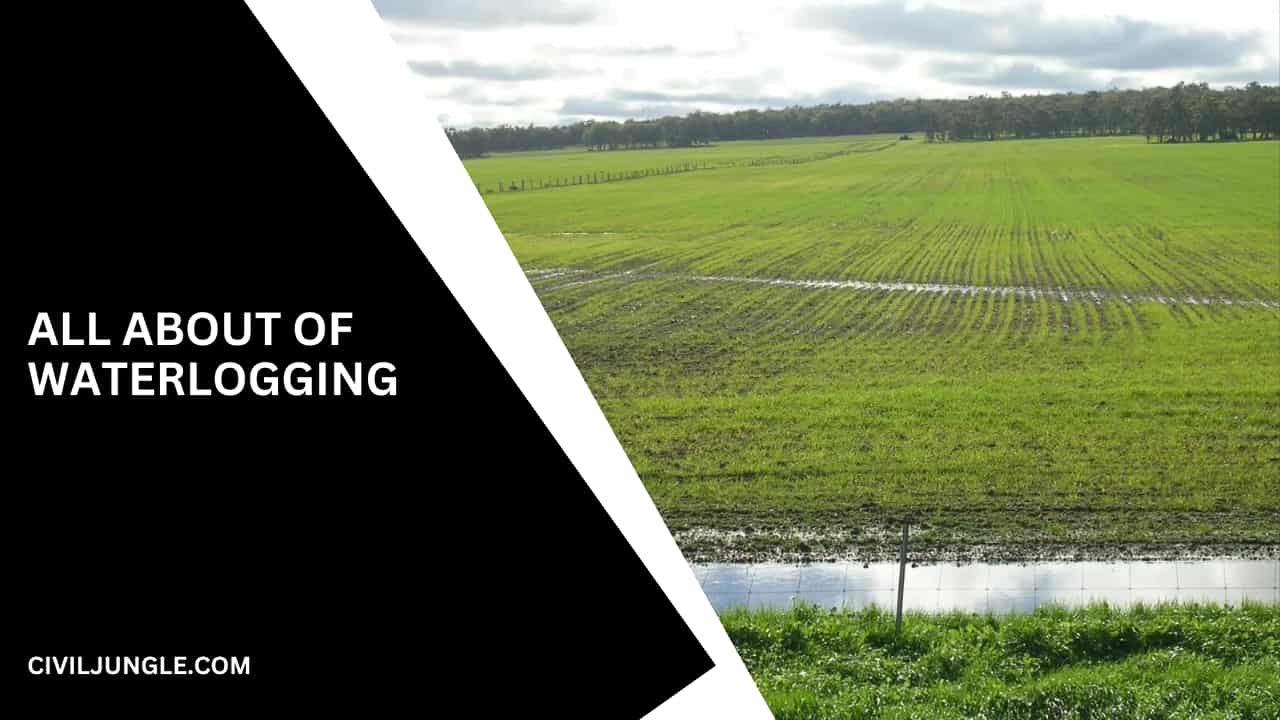
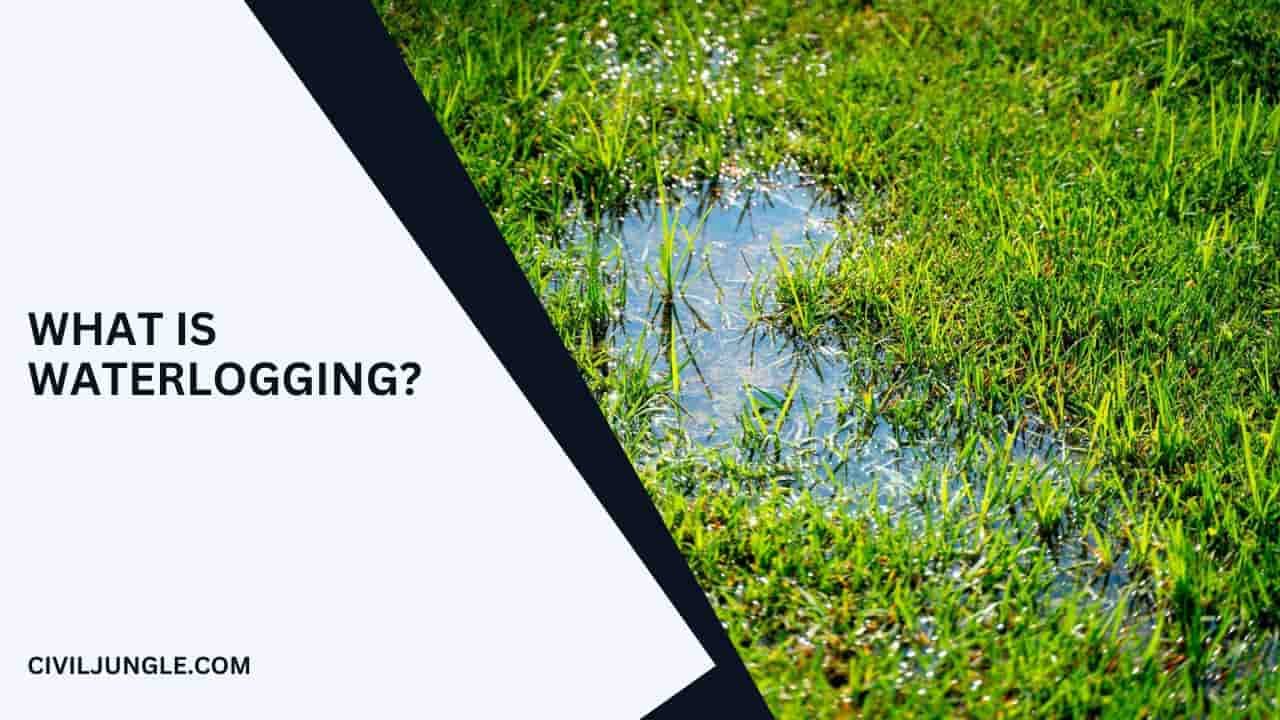
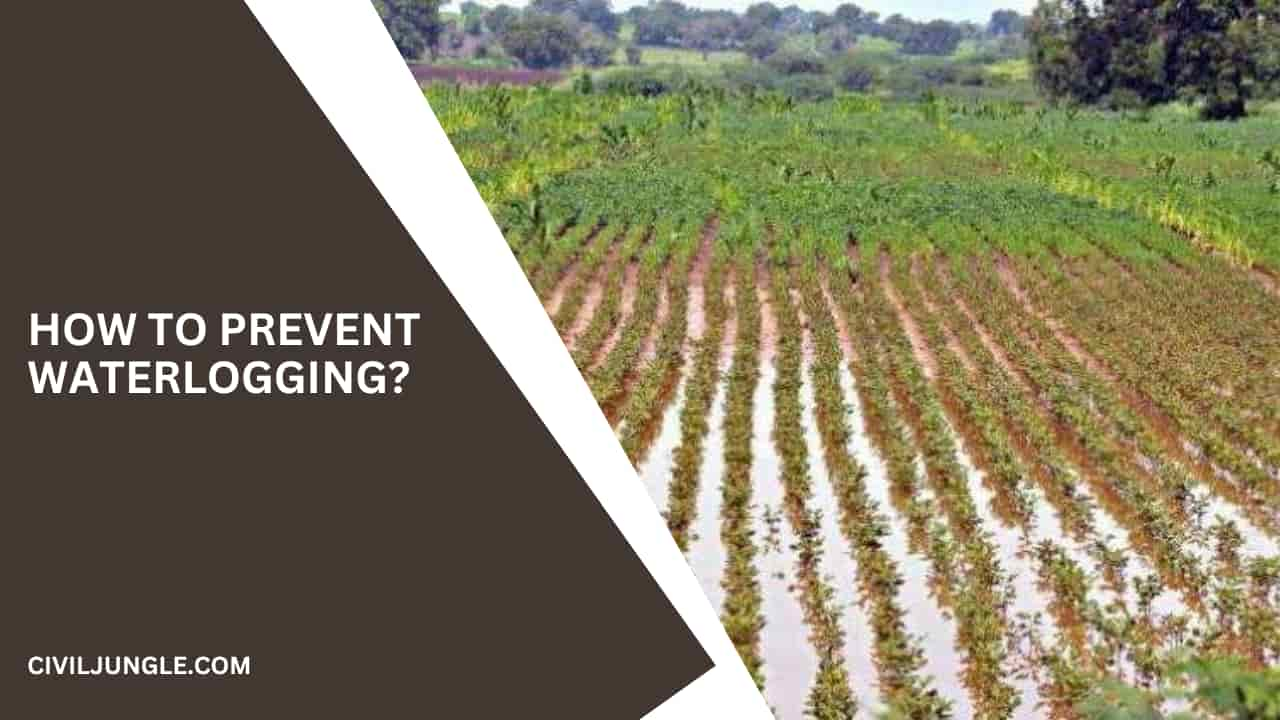
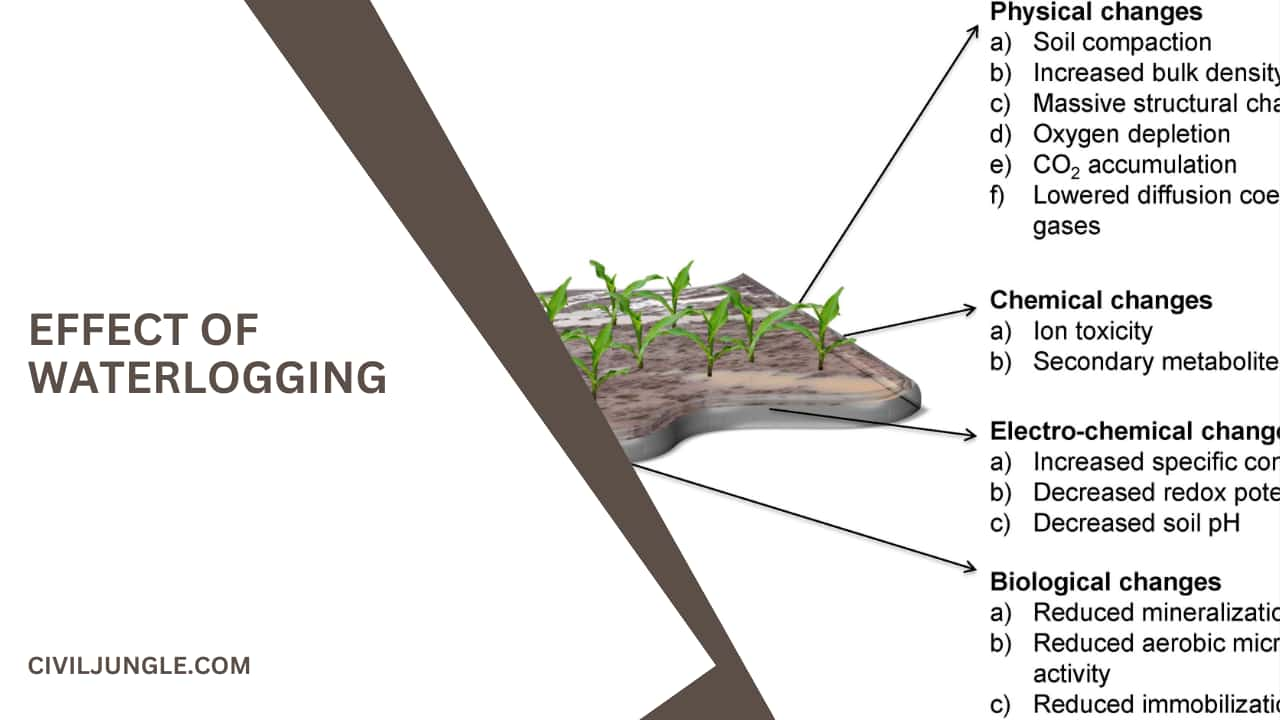
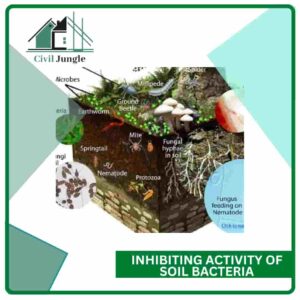
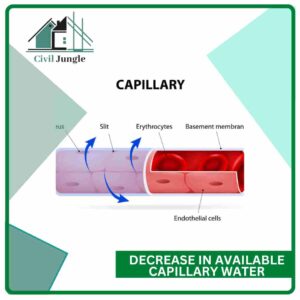

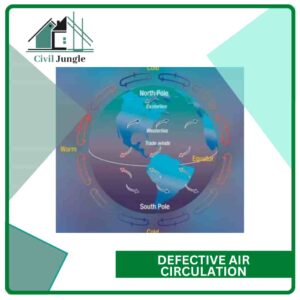
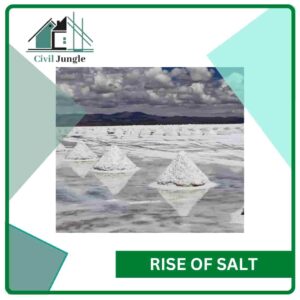
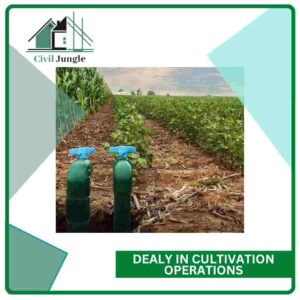


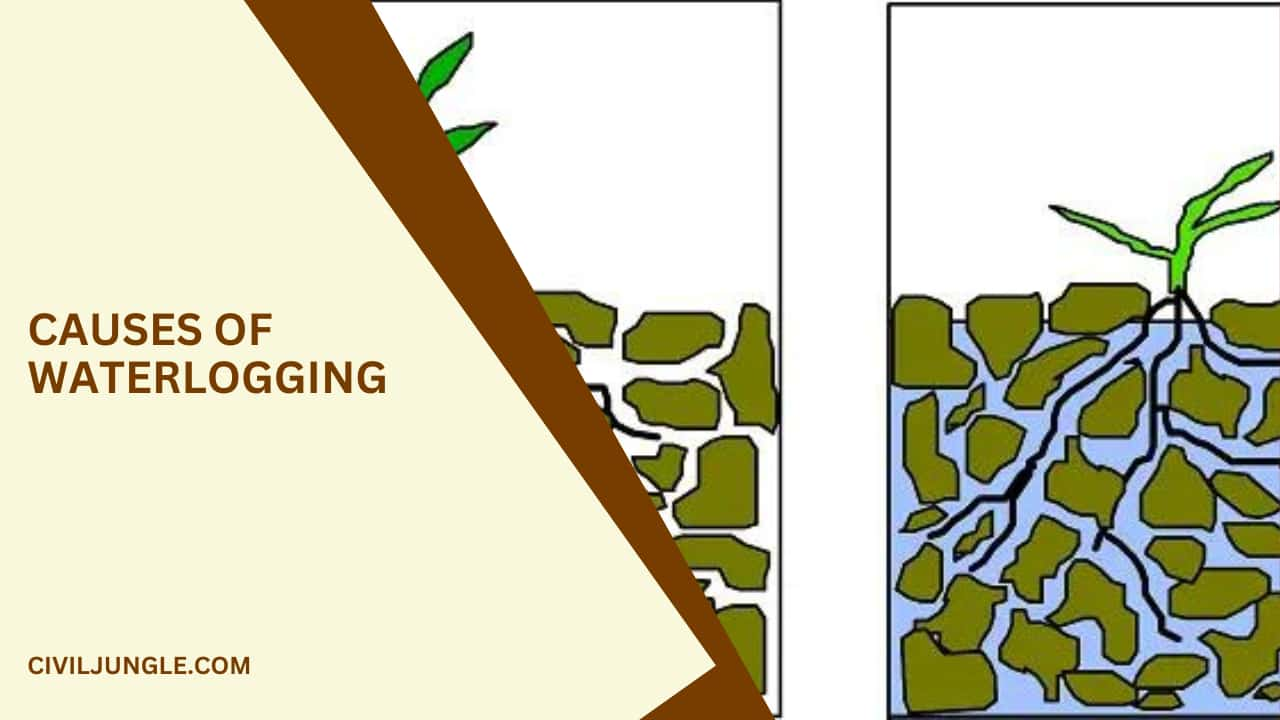
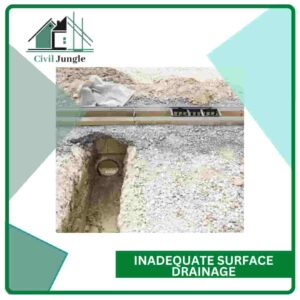
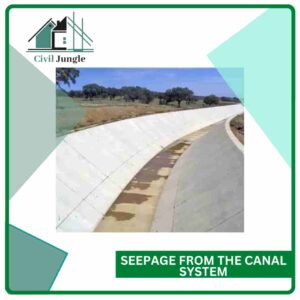
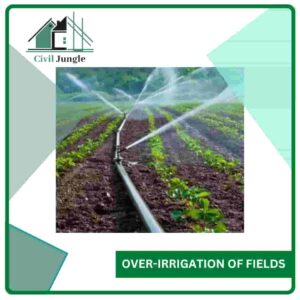
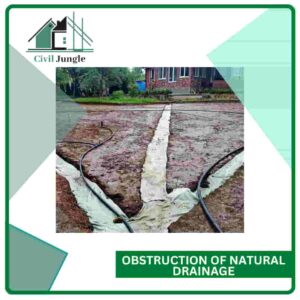
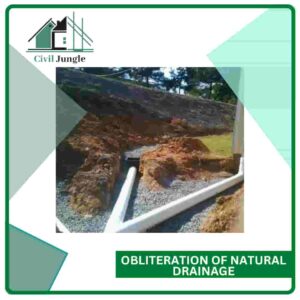
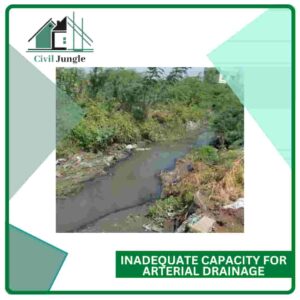
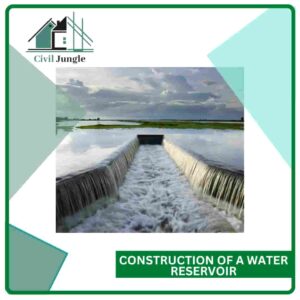
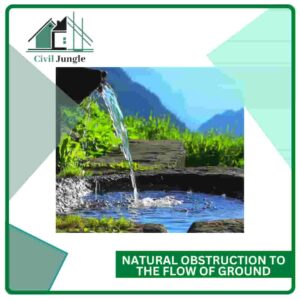

Leave a Reply